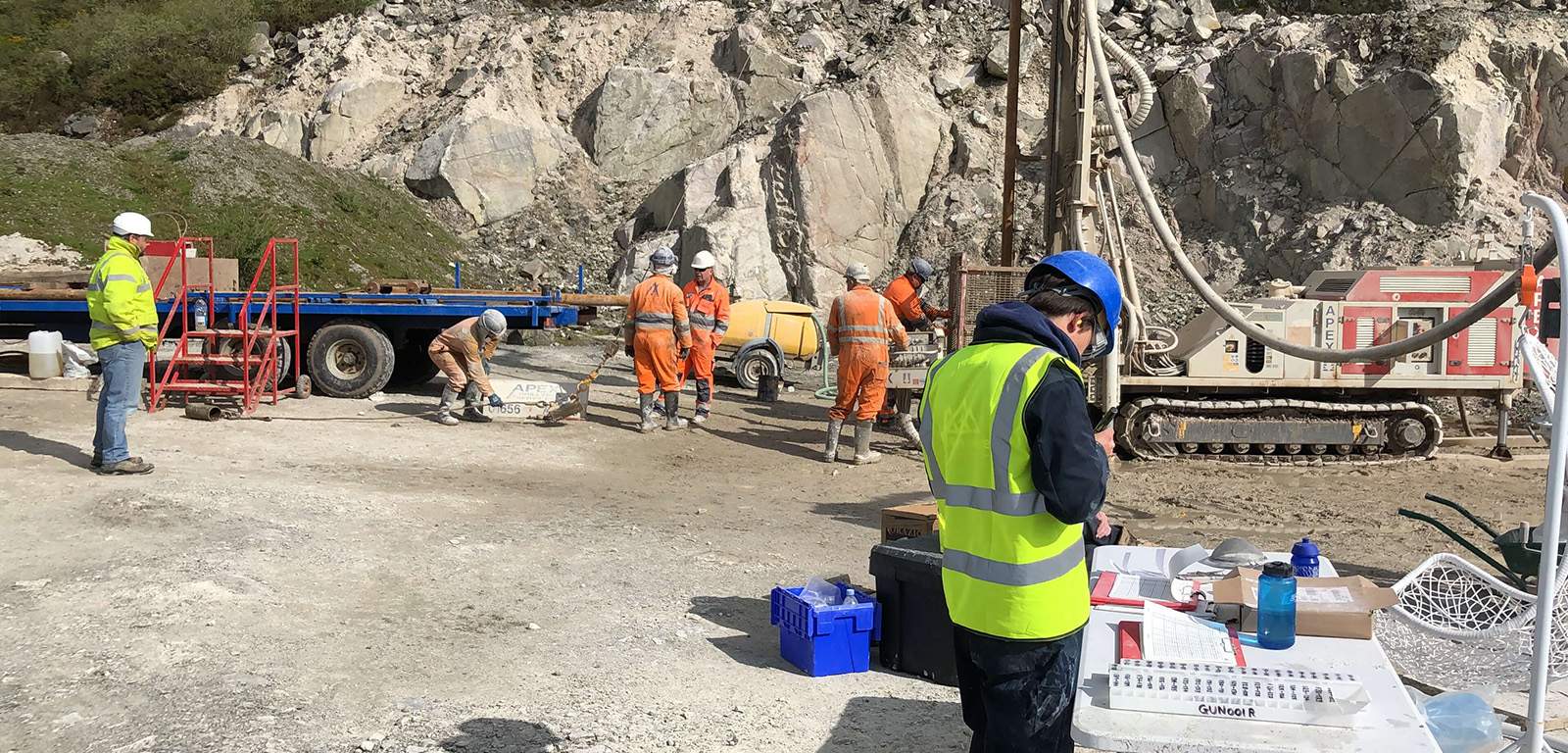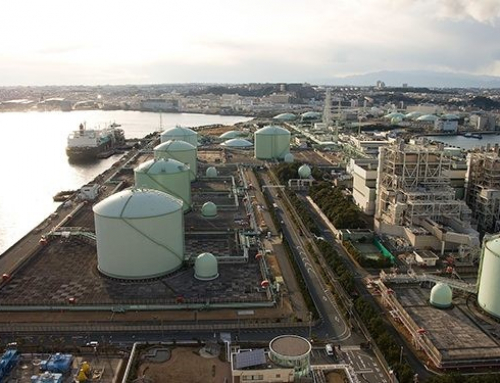
By Martin Clark
he high price of lithium and its bullish outlook, based on strong demand from global manufacturers of electric vehicle (EV) batteries, has intensified the focus on all firms working in this niche in recent times. One such company is Jersey-based CleanTech Lithium (CTL), which listed its shares on London’s AIM market earlier this month and hopes to achieve first production in 2024.It is working on the exploration and development of two lithium projects in Chile — Laguna Verde and Francisco Basin — in an area of South America that boasts huge deposits that will feed the world’s EV battery demand in the years to come.Both project areas are located within 300km by road from the mining centre of Copiapo in the Atacama region of Chile, within a major mining district, and are at altitudes of over 4,000m.
The CTL team, headed by chief executive, Aldo Boitano, comprises a group of professionals with strong local knowledge, as well as both mining and financial markets experience.The plan is to produce commercial scale quantities of battery grade lithium, with near zero emissions, through the development of its two projects. On the London listing of CTL on 17 March 2022, Boitano said the AIM debut will “greatly support” its plans, describing the company’s assets as a “rare opportunity” for investors to gain exposure to projects located within the heart of South America’s so-called ‘lithium triangle’.
This ‘triangle’ traverses the border between Chile, Bolivia and Argentina and is estimated to contain a large chunk of the planet’s known lithium resources. And, according to Boitano, investors may not have to wait too long before seeing results.He said CTL’s projects offer “near-term potential” to produce battery grade lithium that will satiate a fast-evolving market, including in the European Union (EU).Boitano also said that any production — now potentially just two years away — will prioritise the highest environmental standards, key to unlocking the EU market.
CTL holds (either directly or under option) mining exploration and mining exploitation licences over its two projects, which are prospective for lithium resources based on the lithium enriched brine in the surface and subsurface of the basins.There are two main sources of lithium: the brines from salt lakes (or ‘salars’) and hard rock mines.Conventional production from brines uses large evaporation ponds, which deplete the aquifers of the salt lake basins, impacting indigenous or local communities.
Hard rock lithium mines have the direct environmental impact of large open cast mining operations and require energy intensive processing which has high associated CO2 emissions.CTL intends to produce lithium using a sustainable DLE method, which returns water to its source instead of depleting vital aquifers, as well as utilise renewable energy for process power.Chile is already well advanced in its roll out of solar and other renewable energy.“We aim to produce zero or near zero emissions lithium, with minimal environmental impact, creating a clear advantage in the fast-growing EU markets,” said Boitano.
As for the next steps, the company is targeting first production for the second half of 2024, but this will entail quite a programme of work ahead.The key milestones are resource drill programmes at both project sites, culminating in upgraded resource estimates; laboratory scale and pilot plant DLE test-work that will ultimately produce 10 tonnes per month of battery grade lithium; along with key permitting and feasibility studies.
These will include an environmental impact study and permit and scoping through to final feasibility studies for Laguna Verde.It’s still only early days but if CTL is able to execute its plans then it could be in a strong position as the lithium market expands and unfolds.Lithium demand is forecast to rise from 350,000 tonnes in 2020 to 2.5 million tonnes in 2030 and over 7 million tonnes in 2040, based on estimates by Benchmark Minerals — with the EU currently




